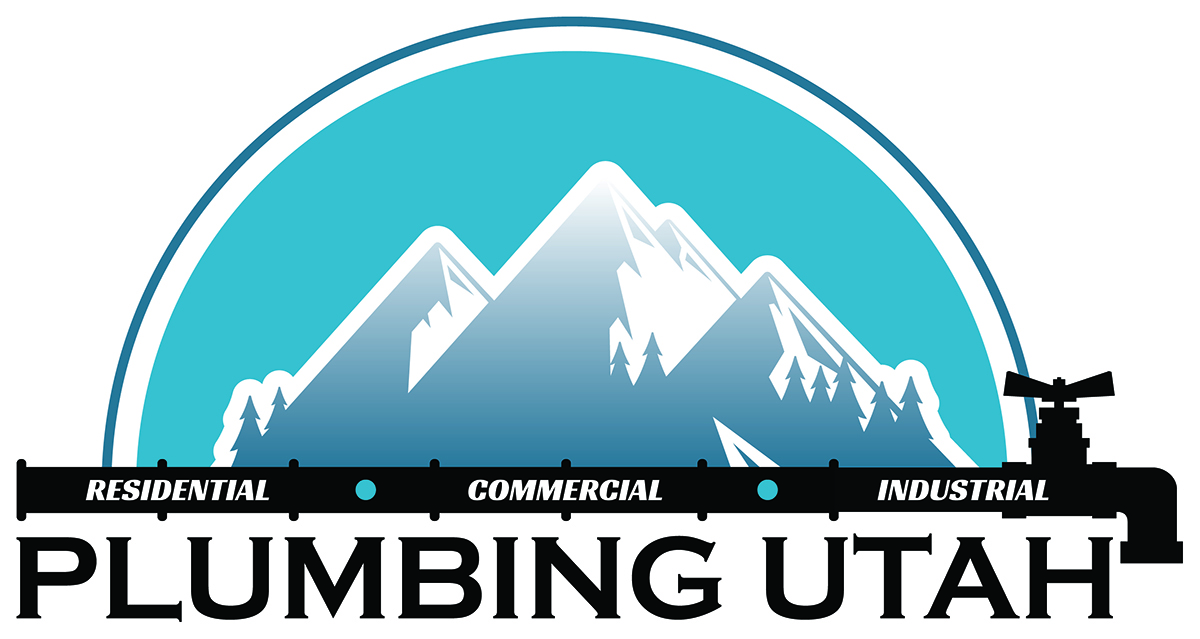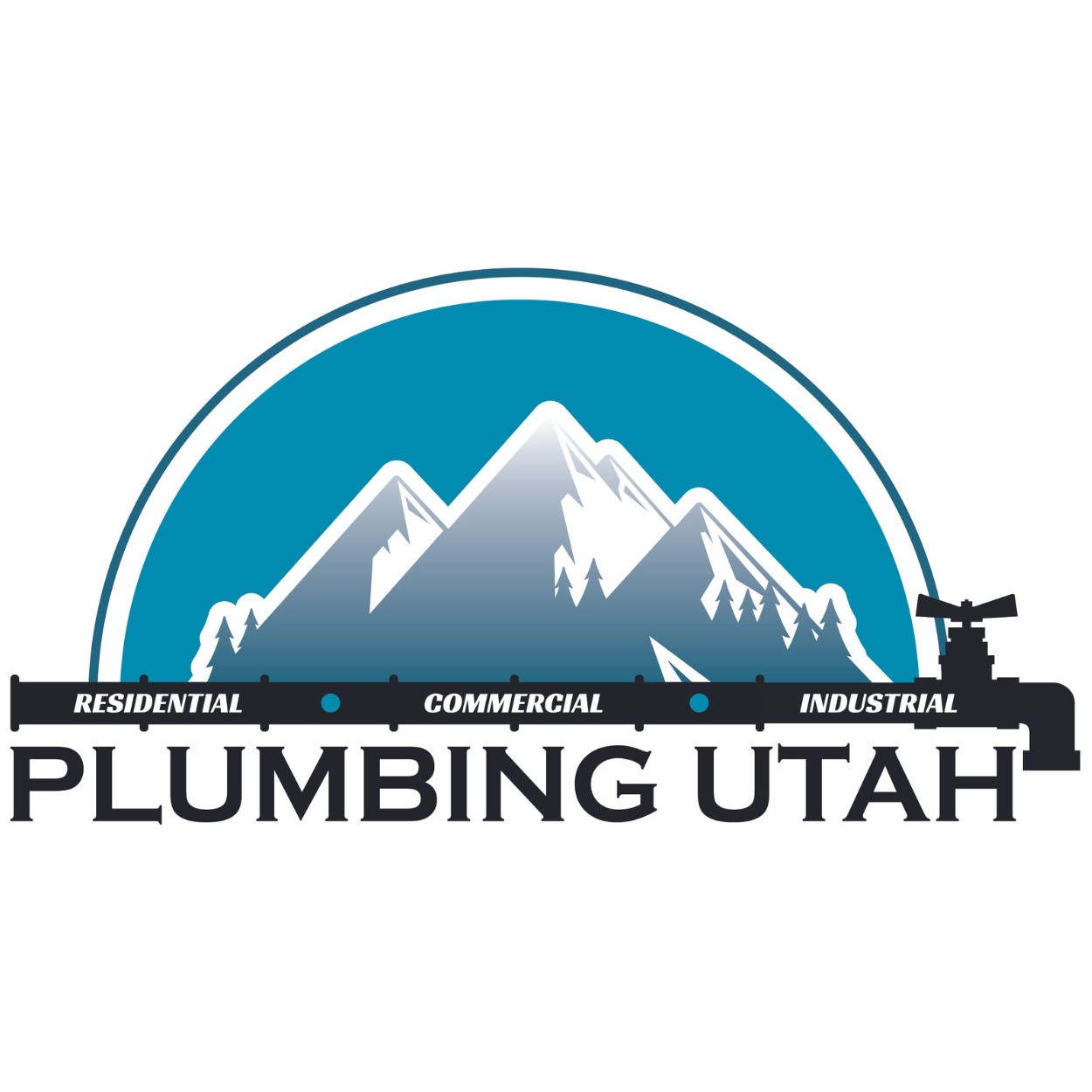When your garbage disposal breaks or is on the fritz, you may be wondering whether it’s worth repairing or not. Here are a few signs to look out for when your garbage disposal starts acting up or working. Find out what to do if your garbage disposal clogs or begins stalling. This article will teach you what you can fix on your own and when to contact a pro.
What to consider when making your decision:
- The age of your disposal: If your disposal is more than 8 to 10 years old, it may be time to start shopping for a replacement. Garbage disposals generally last up to 15 years with proper maintenance but can stop working sooner.
- The severity of the problem: If your disposal is leaking, making strange noises, smells odd, water is leaking from your garbage disposal, or otherwise not functioning correctly, a repair may be all that’s needed. However, if the problem is severe enough that your disposal needs to be replaced, it’s probably best to buy a new one.
- The cost of repairs: If repairs are more than half the cost of new disposals, it’s probably time to replace rather than repair.
- Your personal preference: If you’re uncomfortable making repairs or don’t want to deal with the hassle, replacing your garbage disposal may be the best option.
How to troubleshoot your garbage disposal:
- First, make sure the power to your garbage disposal is disconnected. Garbage disposals can still switch on without warning, so never stick your hand down your sink without prior checks to the removal. If the sink is full of water, wait for it to drain. If it does not drain, use a bucket to empty the water. Use a plunger with medium pressure to see if you can remove any blockage.
- Next, take a flashlight down your drain to check the grinding chamber for any clogs or blockages you may be able to see on the surface. Use tongs or pliers to dislodge the item if you see anything stuck inside. Do not use your hands.
- If anything is found inside the disposal, remove the object or clog and test the disposal again. Check to see if that fixed any sound or draining issues.
- Use a wrench and insert it into the bottom of the garbage disposal. Please work with the twist until it turns freely in complete circles regardless of direction.
- Check the overload protector. The overload protector can be located on the bottom of the garbage disposal or under the sink. The overload protector will be a square-shaped red button. Check to see if the button has tripped. If the button does not stay up when resetting it, wait ten minutes and try again.
- Then turn your water back on, and then test your garbage disposal. It may take multiple test runs if your disposal continues jamming.
Preventing future jams:
- Let the water and garbage disposal run for a reasonable time after putting food down your drain. Listen for sounds to make sure everything has passed through.
- Grind reasonable foods. Soft foods are safe; ice is okay, but never put more challenging items like large bones, egg shells, fruit pits, shells, or any things like latex or oil paint.
- Use a drain strainer to help items stay outside of the drain.
- Regularly clean your garbage disposal with a safe garbage disposal method.
Whether you need to repair or replace your garbage disposal is up to you. Consider the above factors and choose the best suits your needs and budget. Contact a professional if the situation is outside your skills or comfort level or if you need new disposal installed.

